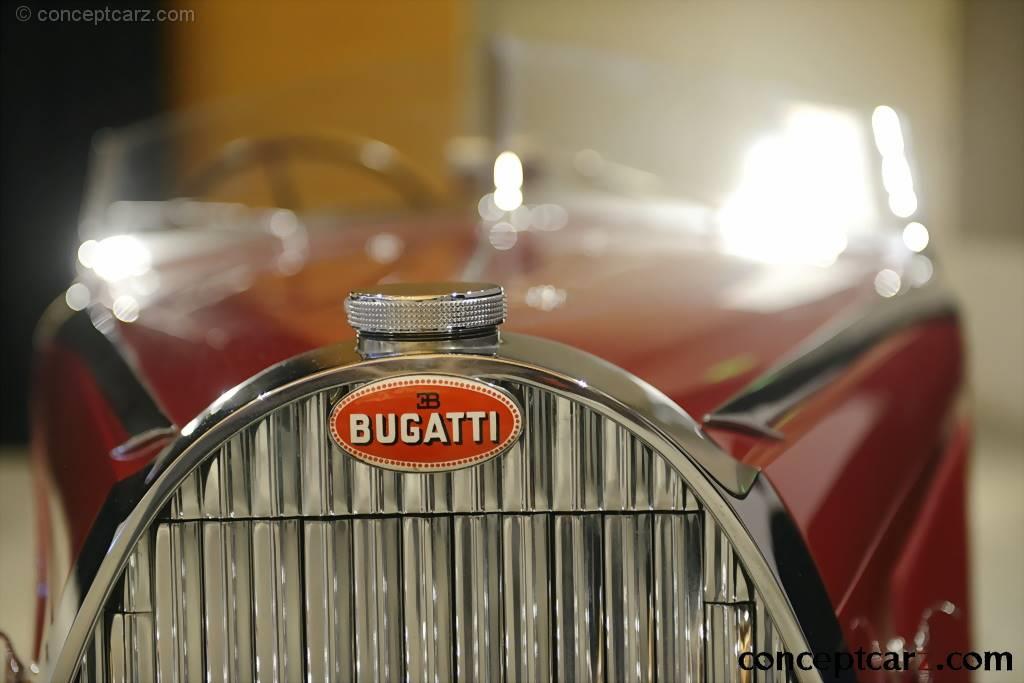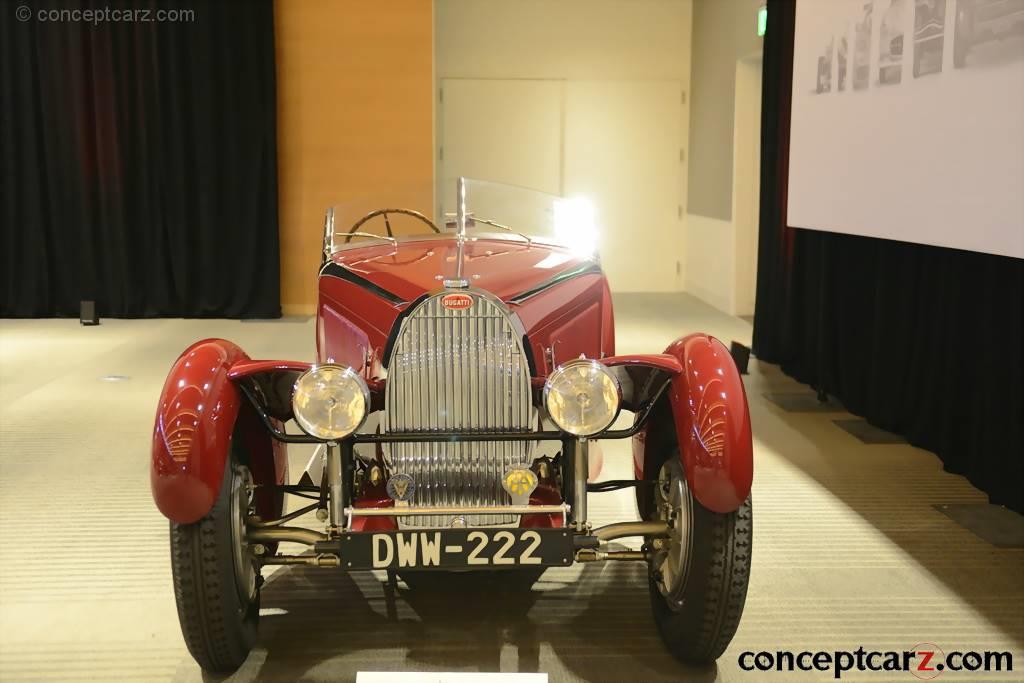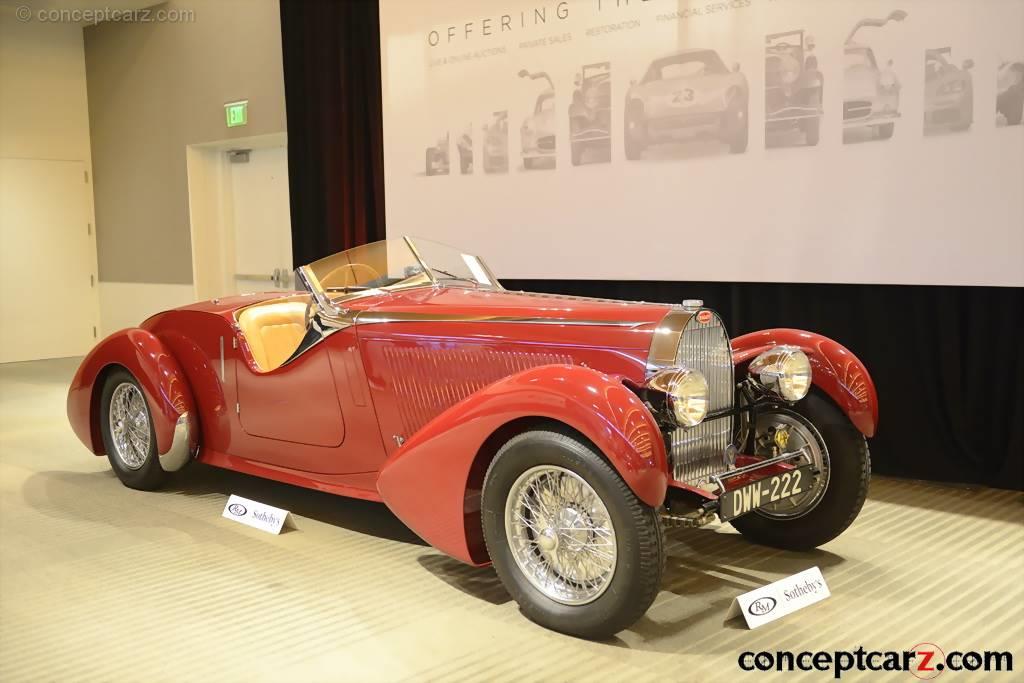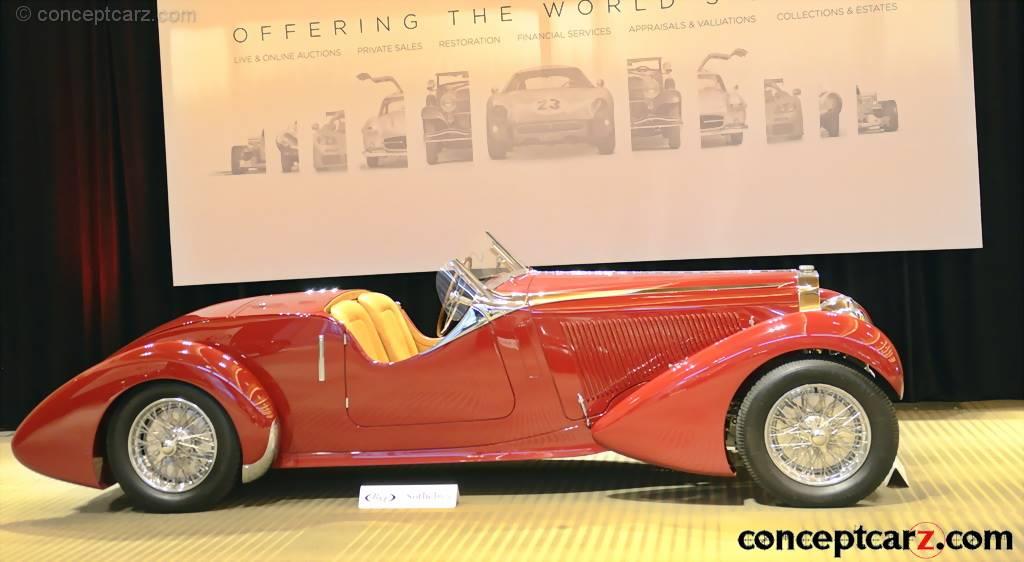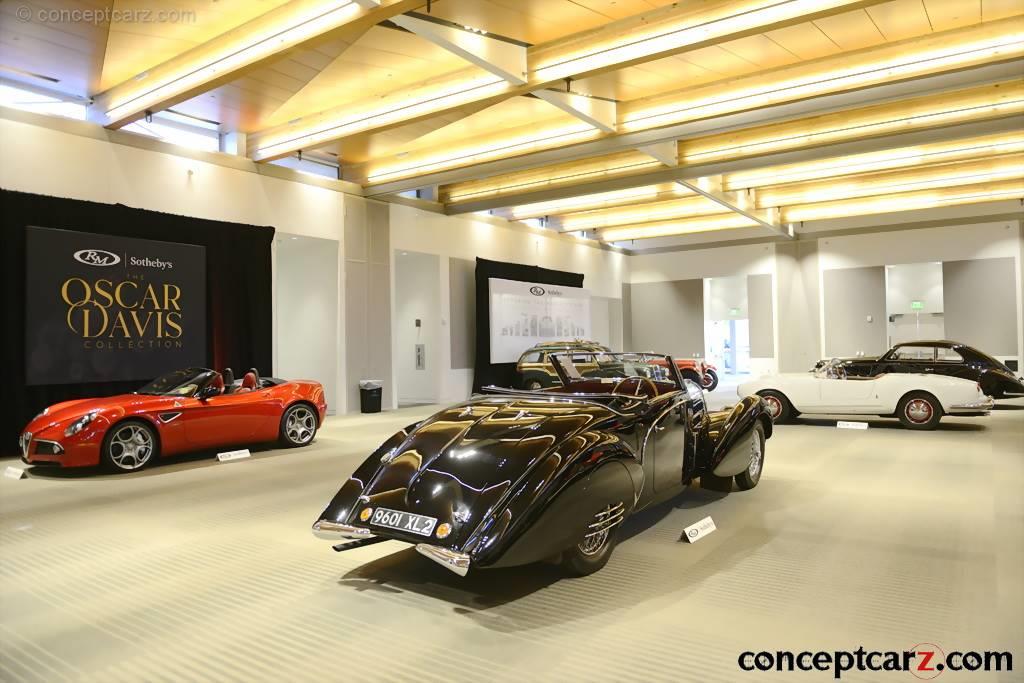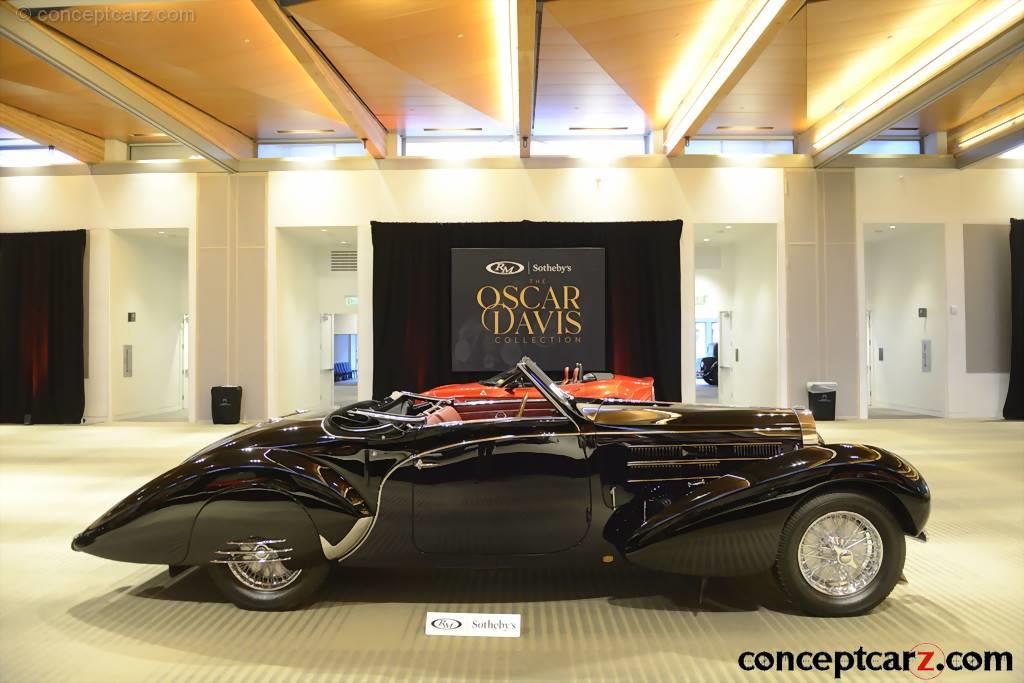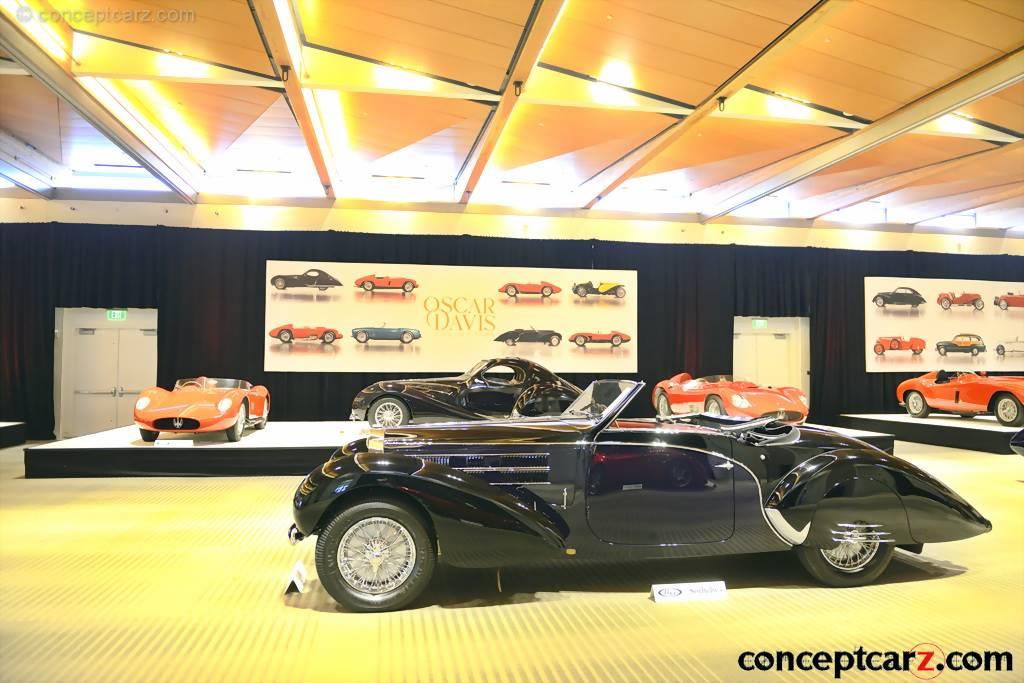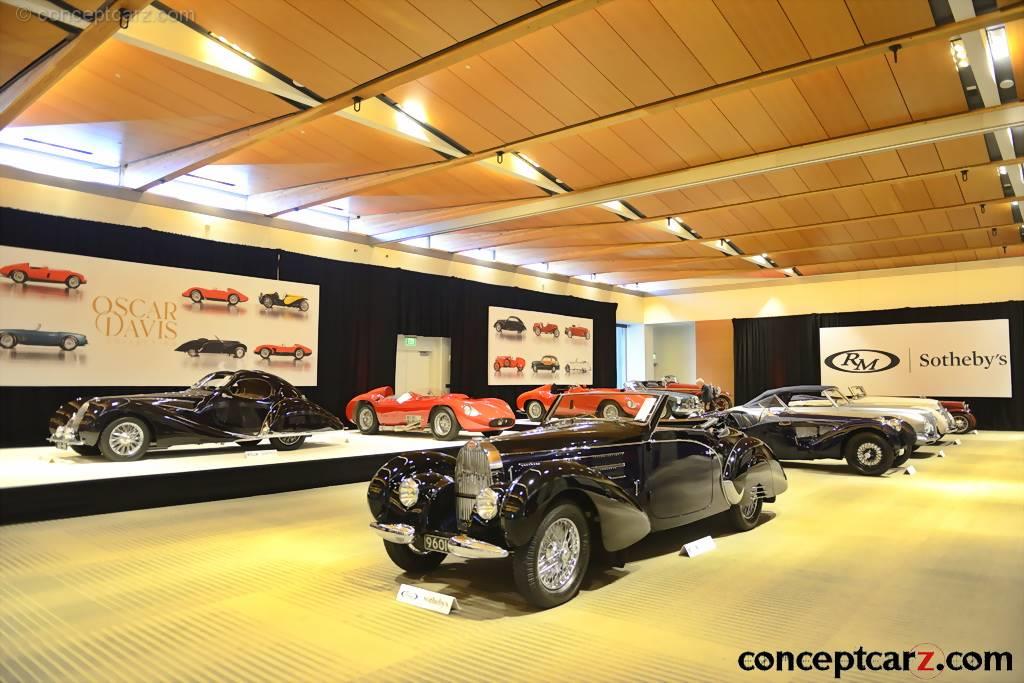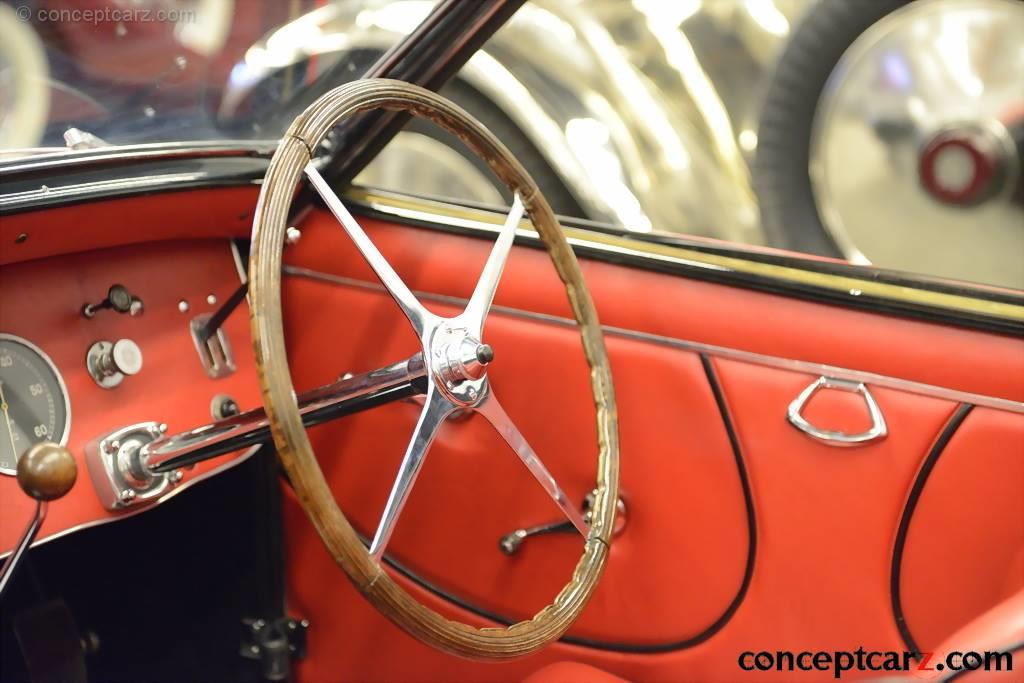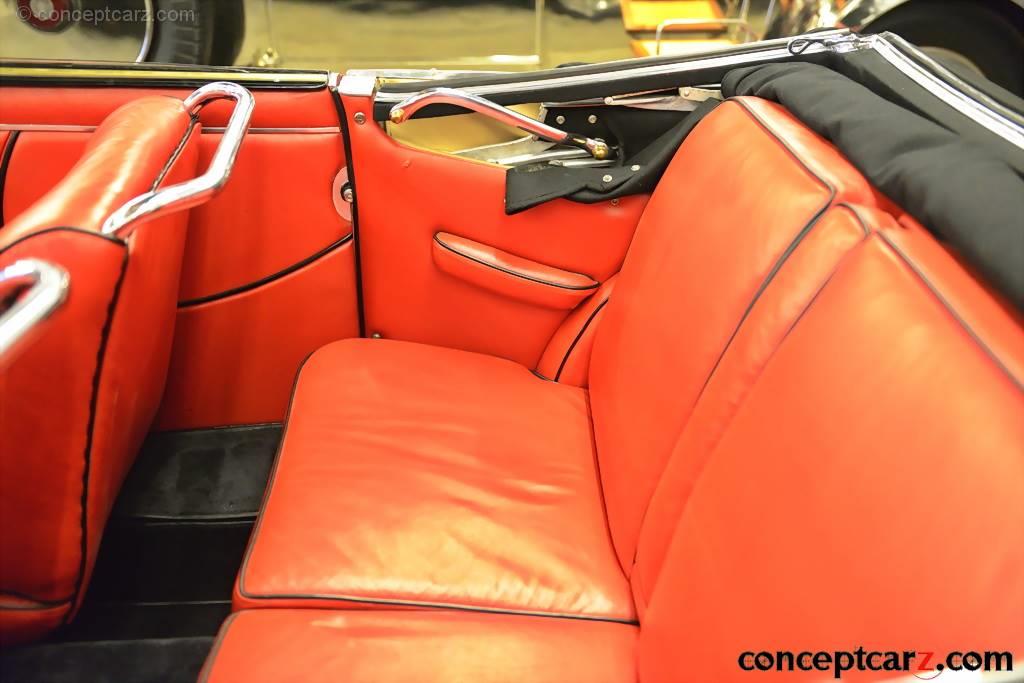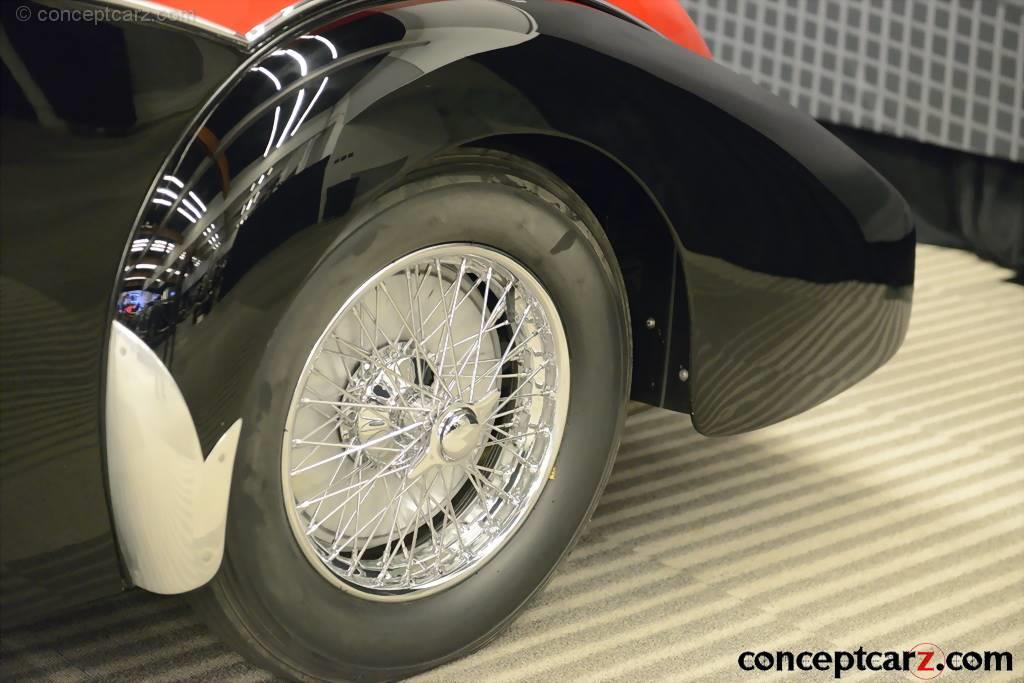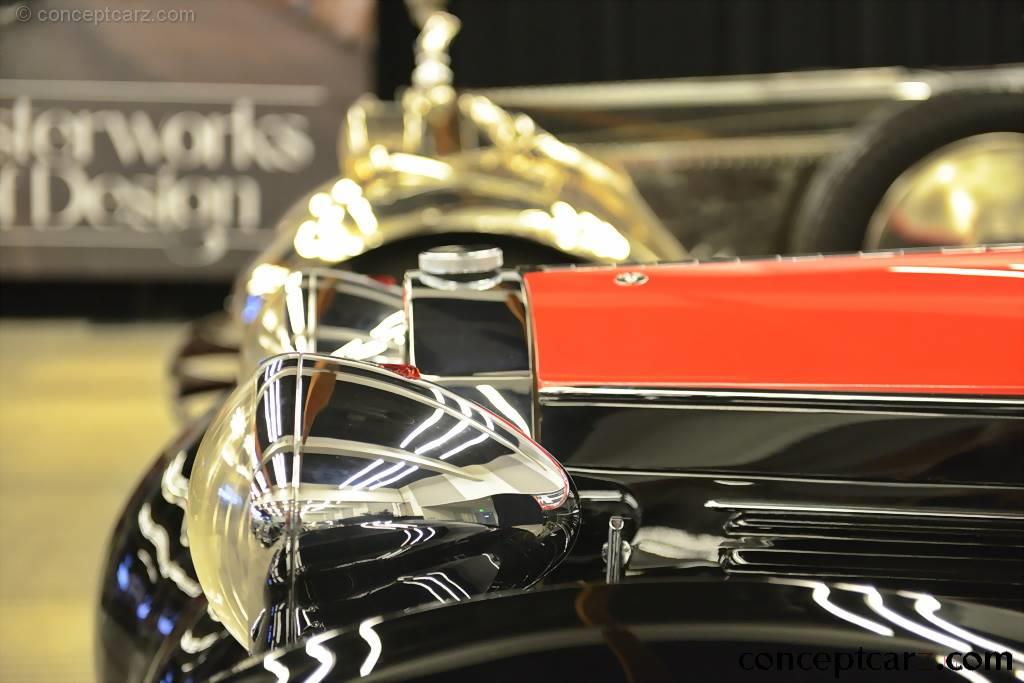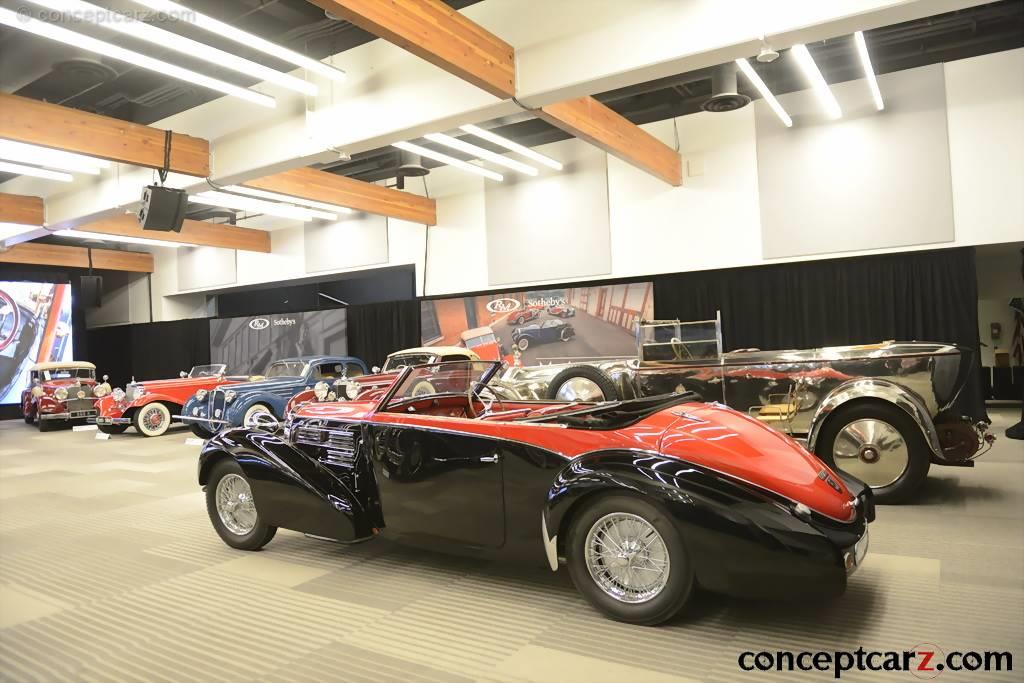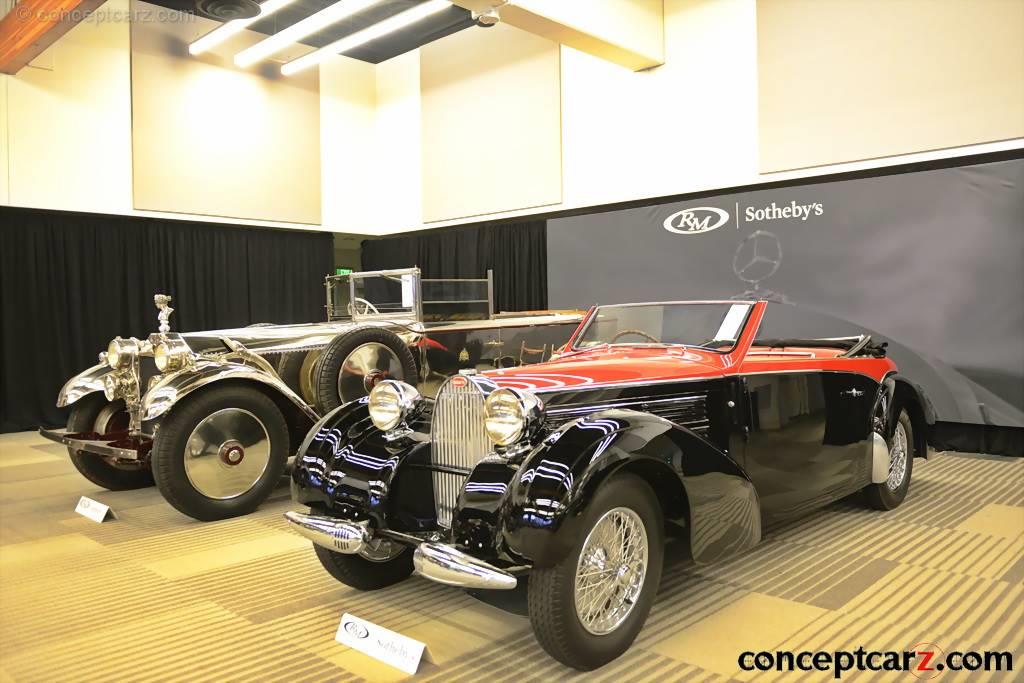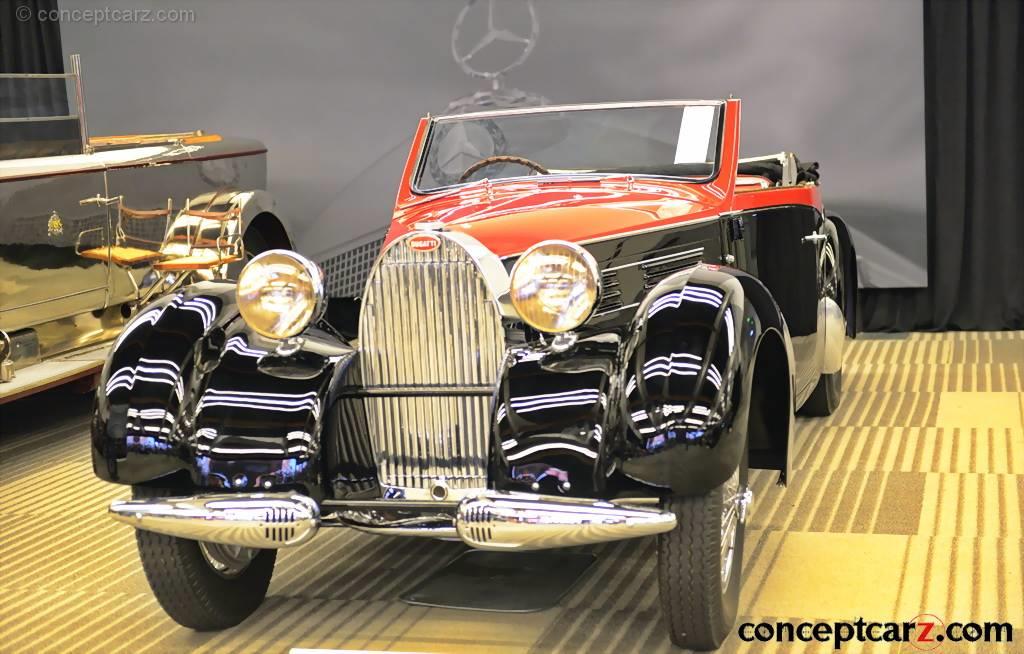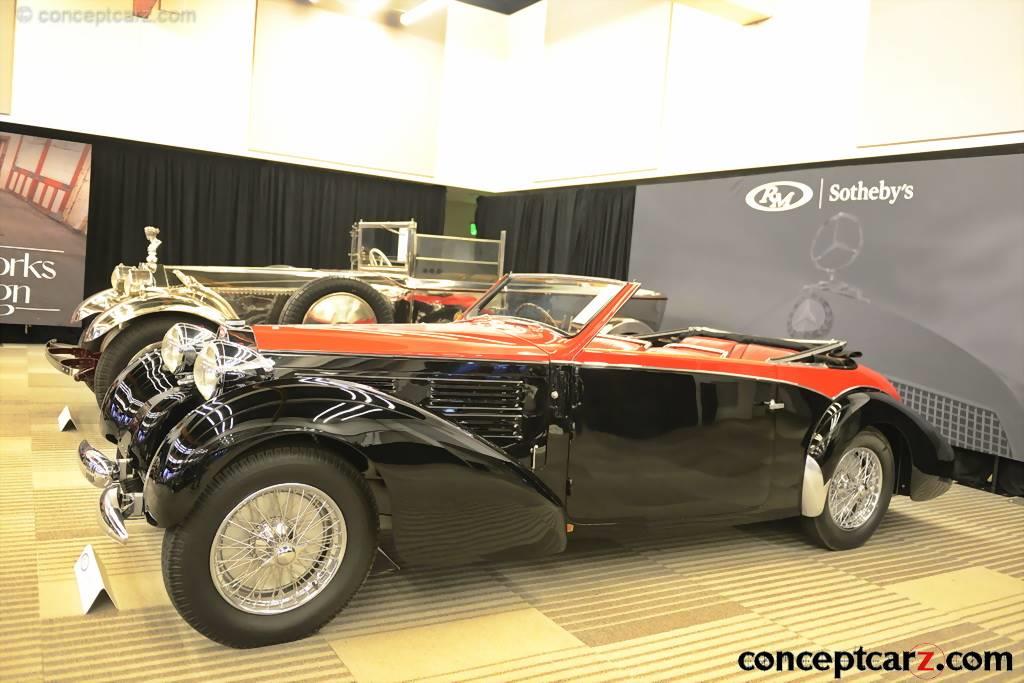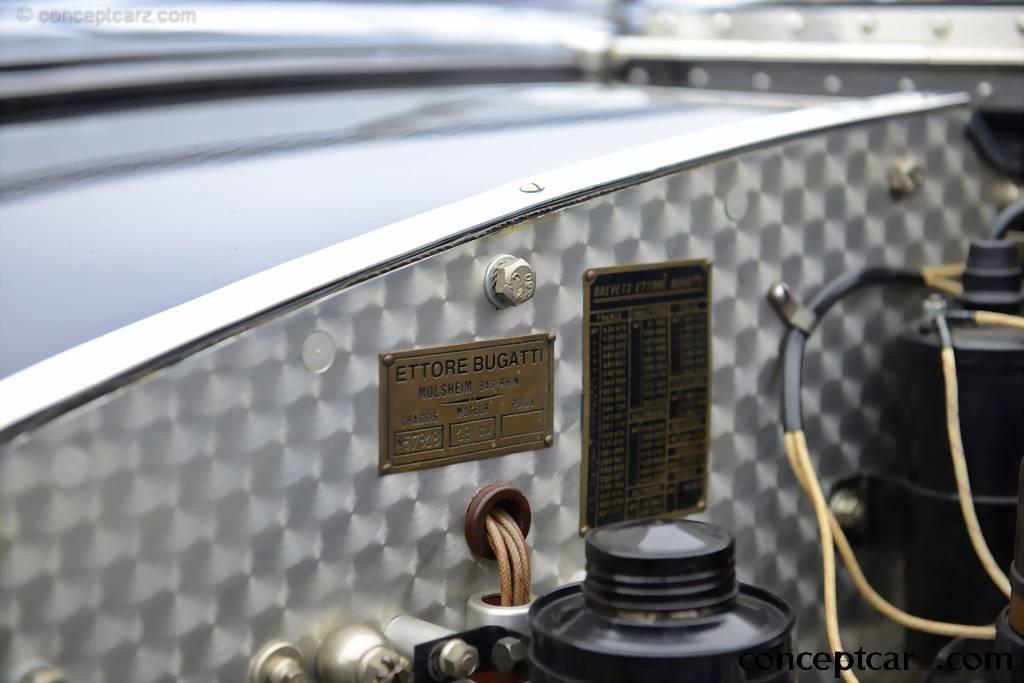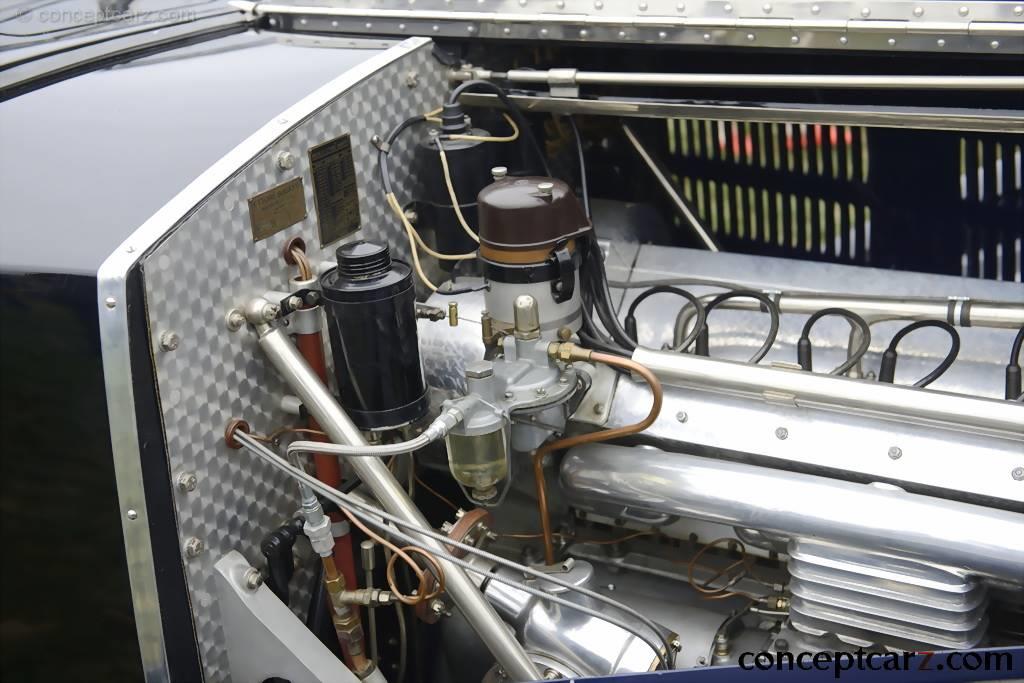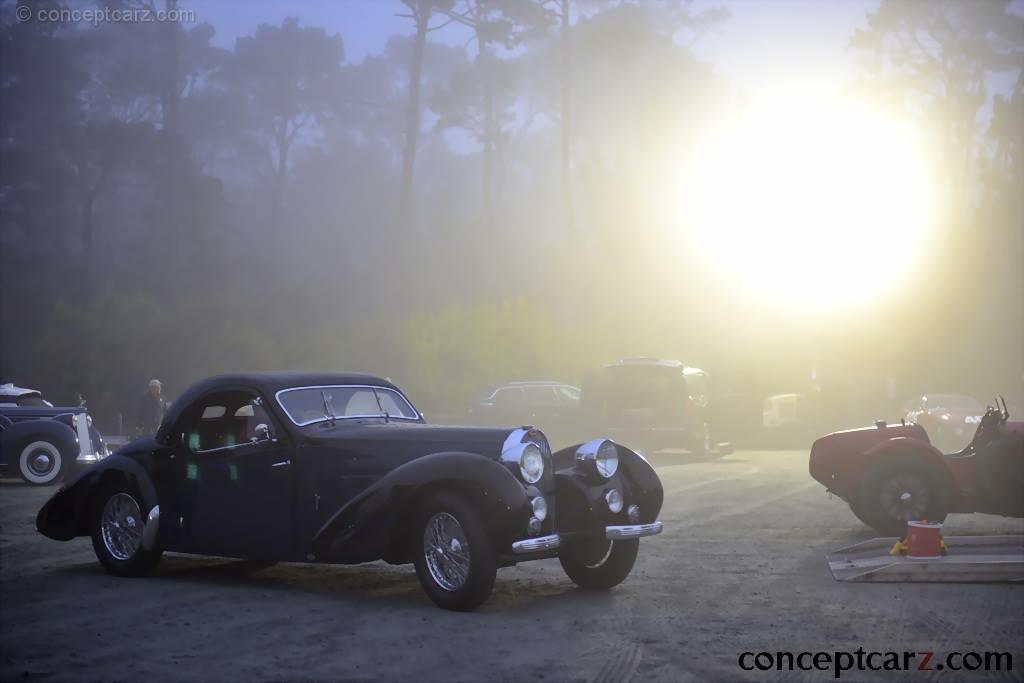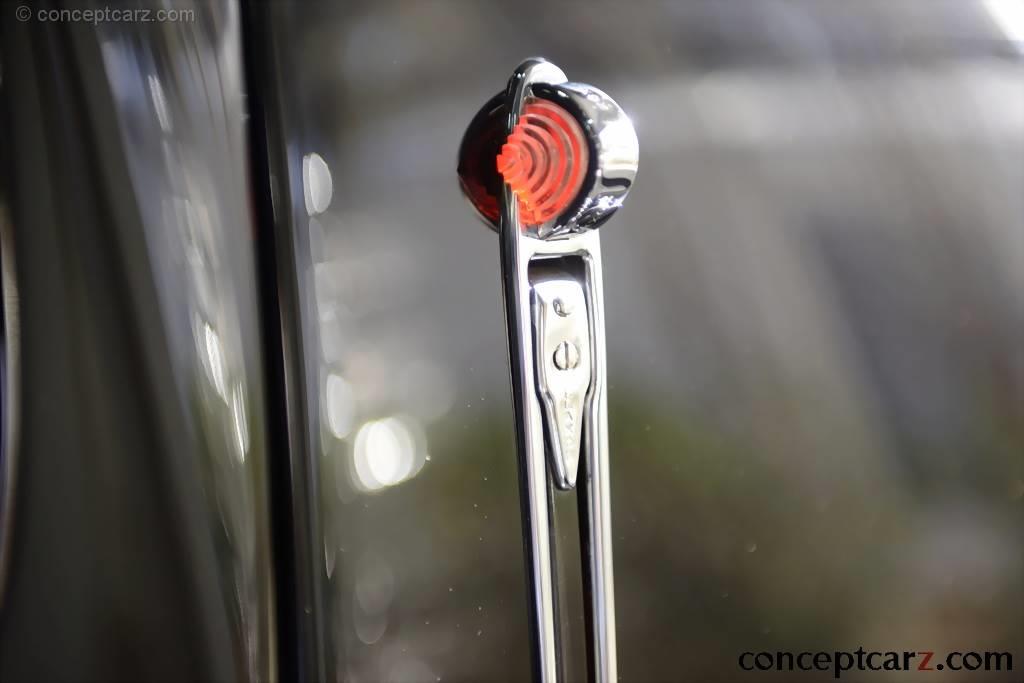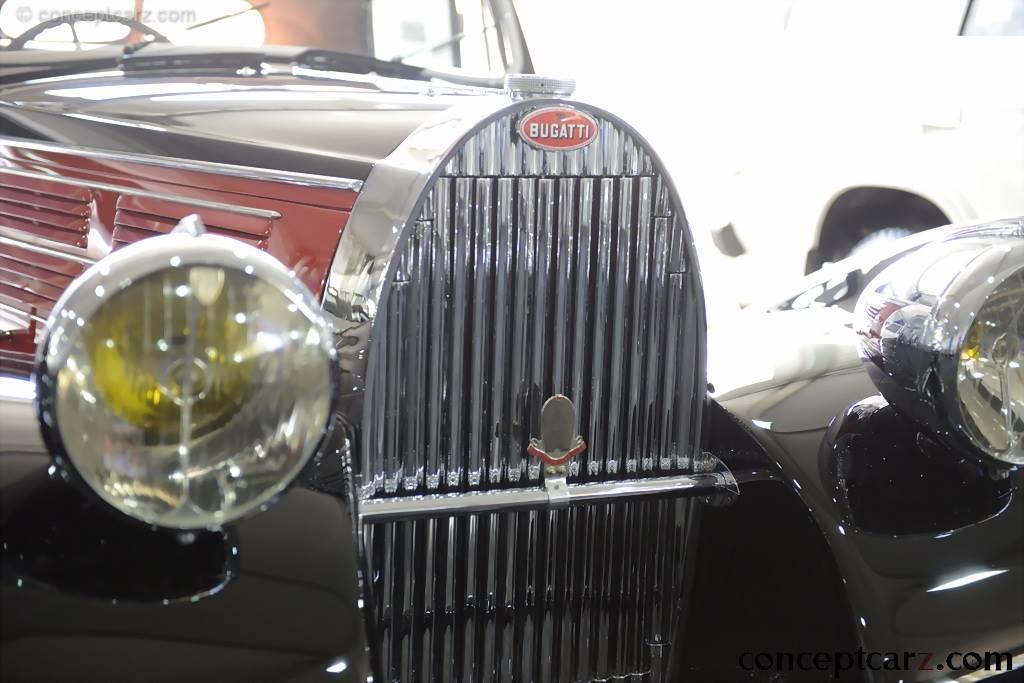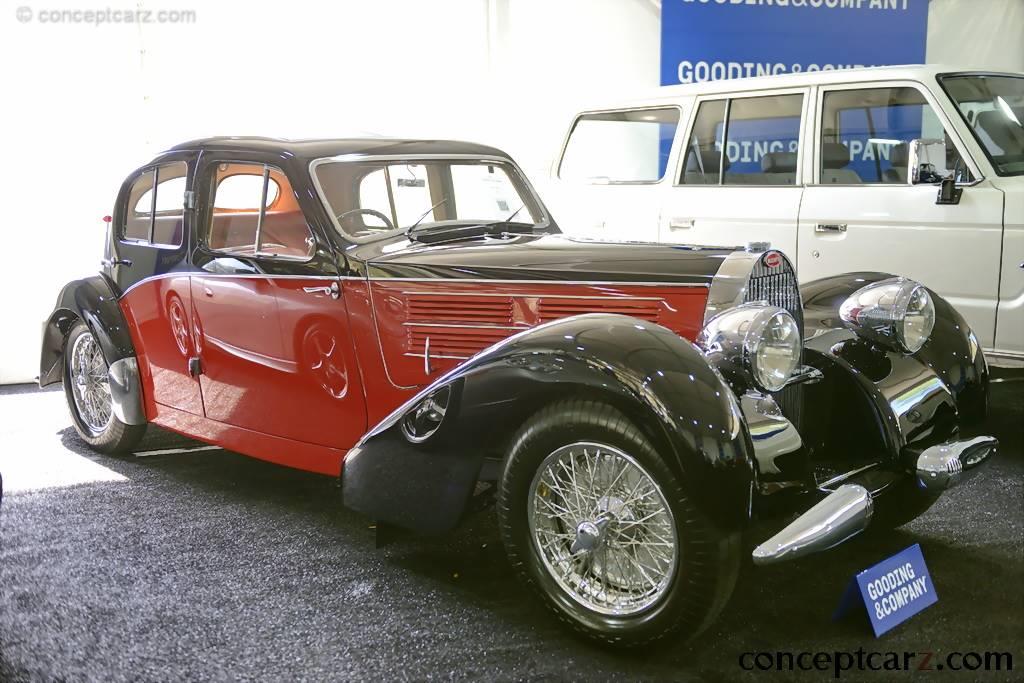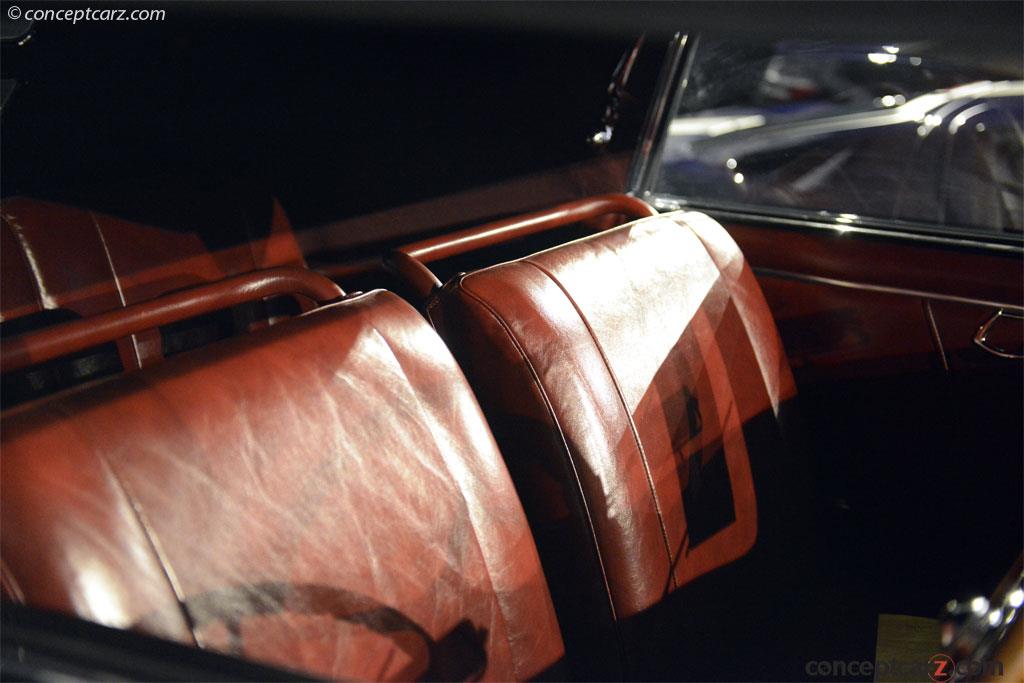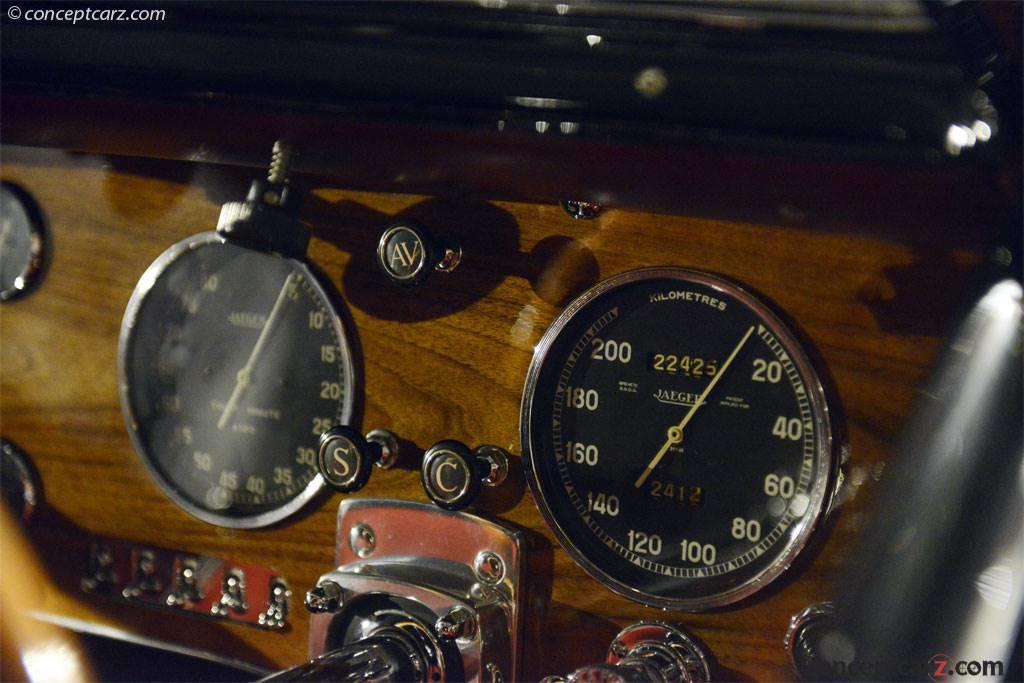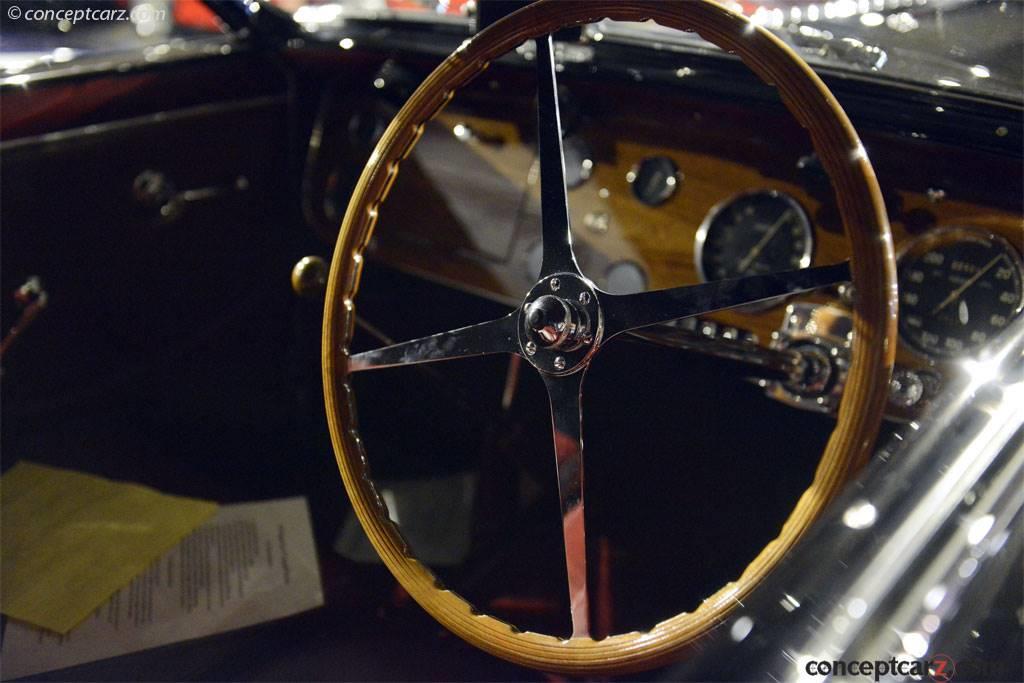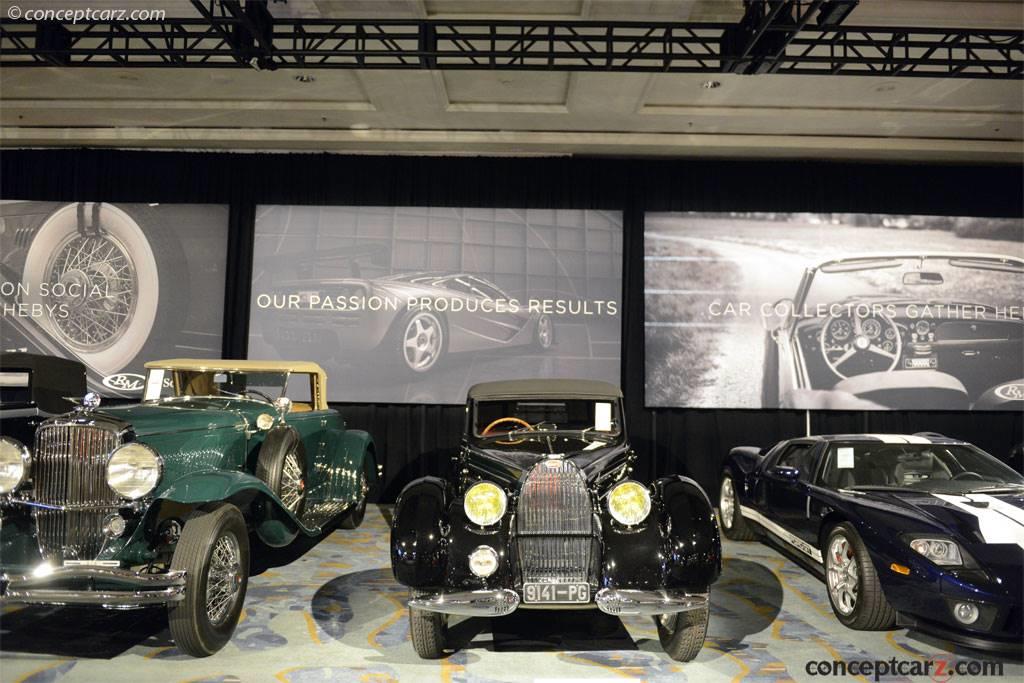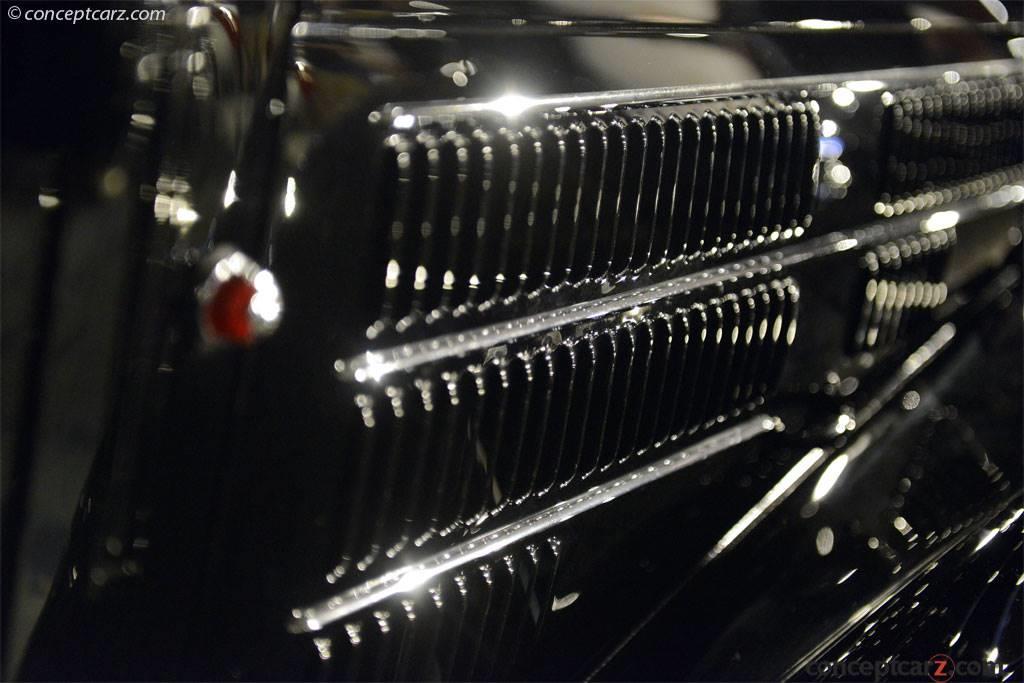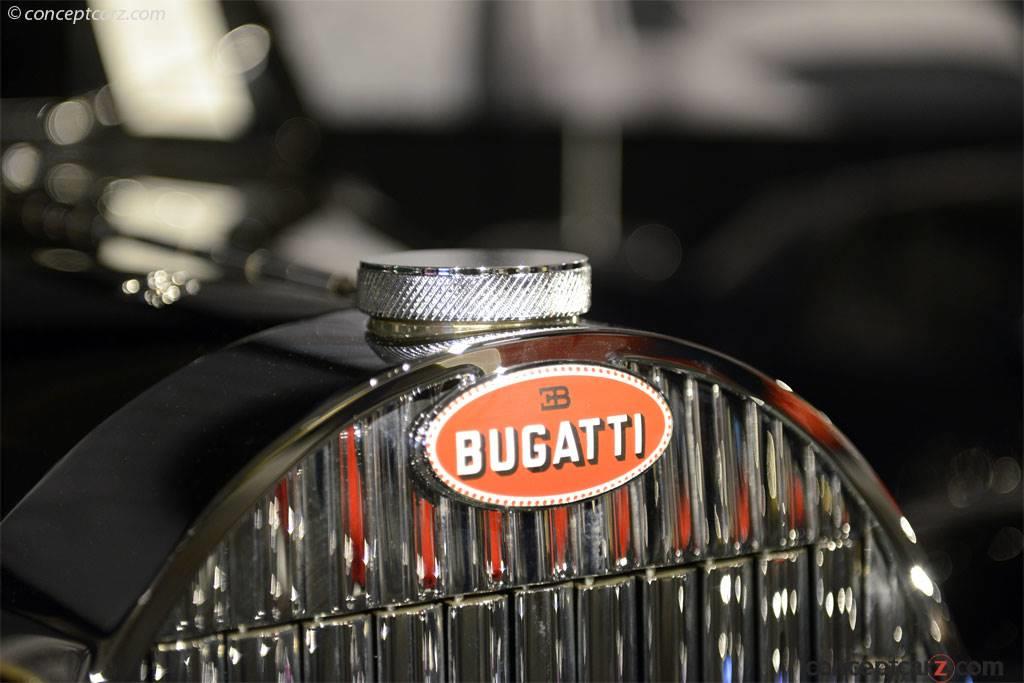Ettore Bugatti had the soul of an artist. He was the son of Carlo Bugatti, who created museum-quality furniture in Art Deco style, and lived much of his life on a baronial estate in Alsace-Lorraine, in Eastern France. Ettore’s younger brother Rembrandt was a renowned sculptor of animals.
Ettore’s automobile company produced cars that would go on to become legendary. They were expensive, complex, and of great beauty and sporting ability, earning many Grand Prix and sports car victories.
Bugatti introduced the Type 57 in 1934. The epitome of the 1930s sports chassis design, the Type 57 was given a hollow-tube live front axle and a dual overhead camshaft eight-cylinder engine. The engine had a long crankshaft, five main bearings, and cams driven by a set of helical-toothed gears. The gearbox was fixed to the crankcase and serviced by a single-plate clutch, with the top three gears in constant mesh.
Bugatti had purchased two front-drive Miller 91 racing cars from Leon Duray, and then copied Harry Miller’s dual overhead camshaft setup, first for his type 50. A similar design was used for the 3.3-liter straight-eight engine that was installed in the new Type 57.
Although Ettore was known to explore new technologies and construction methods, he was also known to be conservative. He experimented with aerodynamics and the use of lightweight metals like magnesium. However, he refused to adopt supercharging at first, and favored cable-operated brakes, even after hydraulics had been proven superior. He also refused to use an independent front suspension setup or hydraulic brakes for the Type 57.
In the end, with persuasion from his son Jean, a supercharger was added in 1936 to the rubber-mounted engine, and featured a stiffer frame, a Roots-type compressor driven off the camshaft drive at the rear of the engine, and offered five-to-six psi boost. The high-revving 3.3-liter car offered 160 horsepower and – when fitted with lightweight coachwork – could reach speeds approaching 120 mph. In 1938, Bugatti finally adopted Lockheed Hydraulically actuated brakes and replaced the aluminum-spoked wheels and brake drums with Rudge-Whitworth center-lock wire wheels and separate brake drums.
Jean Bugatti is credited with much of the Type 57’s commercial success, attributed to the flowing coachwork that graced most of the chassis examples. The body styles included the Atalante two-seat coupe, Ventoux four-seat coupé, Stelvio cabriolet, and the Galibier sedan.
The concept for the Atlantic was introduced in 1935 and displayed at both the Paris and London Motor Shows. It was called the Competition Coupe Aerolithe (the French word for a meteor) and given a prototype Type 57 S (for surbaisse – ‘lowered’) chassis, with gondola-shaped frame rails. It is believed that ultimately two Aerolithes were built as prototypes, and neither has survived. The production car which was dubbed the Aero, was intended to use Electron, a magnesium and aluminum alloy. This metal proved difficult to weld, so Jean Bugatti with assistance from Joseph Walter, united the sections using rivets, giving the car a spine-like center rib dividing the body. The lightweight coachwork had teardrop-shaped fenders and could reach speeds of 209 kilometers per hour.
The production Atlantic bodies were hand-fabricated from aluminum and the rivets were longer required. The first example built was in February of 1936 and was acquired by Lord Phillipe de Rothschild, then one of the world’s richest men. The second example built, and the first to be named Atlantic was purchased in October of that year by a Monsieur and Madame Holzschuch. The third and final customer car was acquired by an English buyer named Mr. R. B. Pope in March 1938. A fourth Type 57 Atlantic, and the first example built, had been used as a factory demonstrator. It was not sold to a customer and disappeared before World War II.
These four Atlantics inspired a companion model called the Atalante. Whereas the Atlantics had been close-coupled, cramped, impractical, and poorly ventilated, the Atalante was slightly larger and offered more interior room for its occupants. Approximately 40 Atalantes were built on the standard Type 57 and Type 57S chassis before the war halted all production.
In all its forms, the Type 57 is regarded among the most elegant and sophisticated automobiles created and attracted a legion of discerning buyers who were only satisfied with the best.
